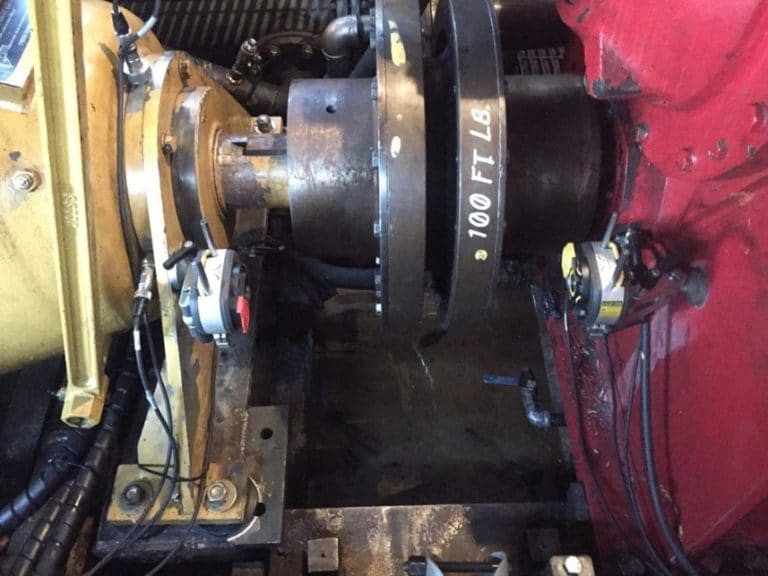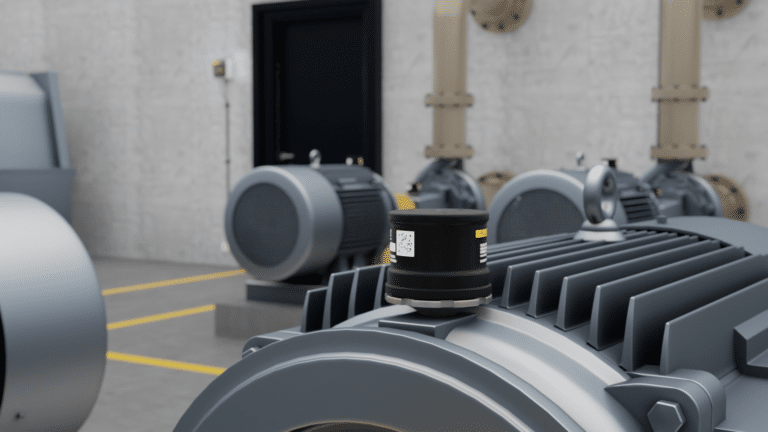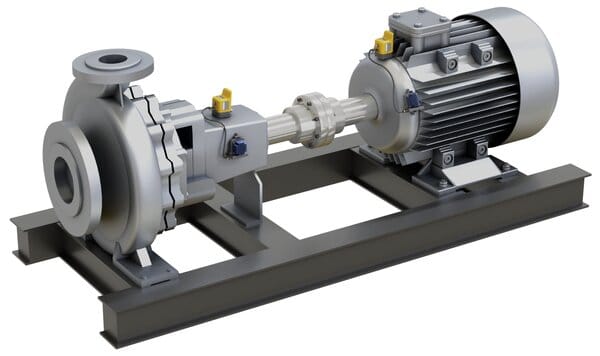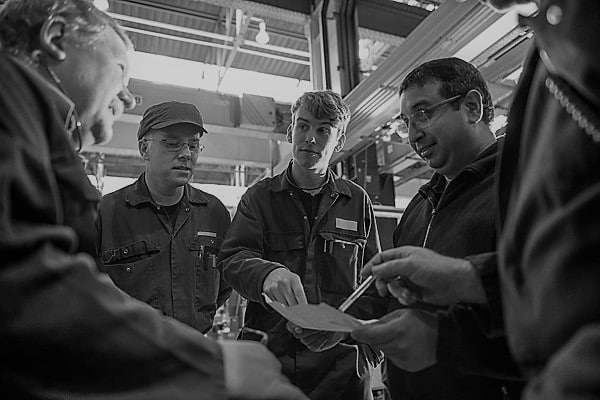For facilities just getting started with a condition monitoring program, pumps are an excellent candidate. Pump condition monitoring can track changes in vibration and temperature. This makes it possible to detect potential faults early, so that maintenance can be scheduled before failures or unplanned downtime occur.
Condition monitoring for pumps and other industrial equipment can bring significant cost savings. For example, condition monitoring keeps pumps running longer, reduces emergency repairs, avoids unexpected lost production time, and improves safety. Plus, facilities can often eliminate unnecessary planned maintenance and instead focus their time and budget where they are truly needed.
Pumps are a great candidate for condition monitoring programs because they typically run under the same conditions for long periods of time and have fewer variables compared to other industrial machinery, making pumps fairly predictable. With condition monitoring, faults on your pumps can be detected months in advance. Implementing condition monitoring on pumps is a straightforward starting point for many pilot projects, and it enables you to easily demonstrate the potential impact of scaling your condition monitoring program.
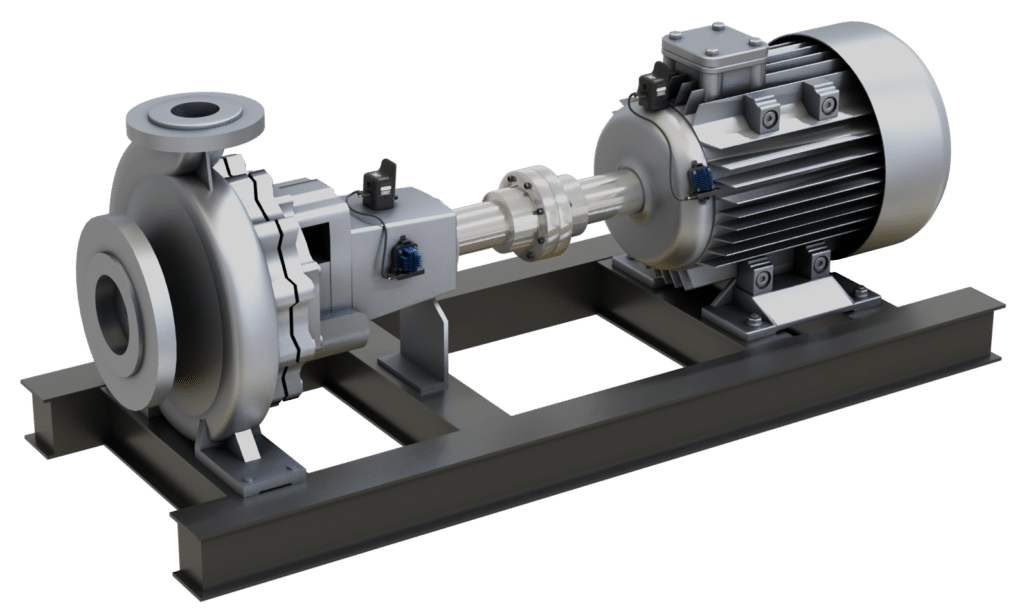
Consider Starting with Pump Condition Monitoring
Vibration monitoring, one of the most common forms of condition monitoring, is a well-established practice used to predict and prevent machine failure. This technology measures a machine’s vibrations against an established baseline. Vibrations that fall outside of normal operating thresholds are often the first sign of a problem. By monitoring machines for these changes in vibration, maintenance teams can detect issues before they escalate, and take action to prevent downtime.
For pumps, monitoring the equipment’s vibration patterns can help you find known faults and set up algorithms and templates that follow and track these faults. The vibration patterns are well-known and established and they track easily, so it is simple to identify a fault and its severity—and know what to do about it and how soon the problem needs to be addressed.
Launch the Perfect Condition Monitoring Pilot Program
Often, maintenance teams will kick off their condition monitoring program by monitoring the most complex, production-critical machines first. This might seem logical – your most critical machines are key to maintaining uptime and saving the biggest costs.
However, starting with these machines can be a challenge, and choosing overly complex equipment for your pilot can actually derail your entire program. In fact, to fully realize the benefits of condition monitoring, it is better to start with simpler, more predictable machines – like pumps – before moving on to the more complicated machines that have more variables.
Choosing the Best Vibration Tool or Sensor for Pump Condition Monitoring
Handheld tools and wireless remote sensors can both be used for monitoring the condition of a pump. Handheld tools are mainly used for spot checking or diagnosis as part of a PM program, while wireless sensors would be used as part of a condition monitoring program. They monitor the asset 24/7 and provide alerts when a change in conditions occurs.
There are several factors to consider when selecting vibration monitoring tools. First, you’ll need to consider the accessibility of the machine – is it easy to reach with handheld tools, or is it in a difficult- or hazardous-to-reach location? Another aspect to consider is your available resources – what staff and budget do you have available to you for your condition monitoring program?
For easy-to-reach areas and well-staffed maintenance teams, portable tools can be effectively used across hundreds of machines. However, using handheld condition monitoring tools can be incredibly time-consuming, requiring many hours of manual labor to check all of your equipment. Furthermore, some machines may be very difficult to reach safely, or staff may not have easy access to the machine’s bearings. Furthermore, manual data collection is often prone to error – and it can’t continuously monitor machine conditions in real-time. If something goes wrong between checks, it may go unnoticed and lead to failure before the next inspection.
Determining the best tool or sensor for monitoring the condition of a pump essentially depends on the type of maintenance strategy each customer has.
Neither is better than the other per se—it really depends on several factors starting with safety, application review and needs, type of asset criticality, and what the data collected will be reviewed by and used for.
Types of Condition Monitoring Vibration Equipment
- The Vibration Sensor (3563 Analysis Vibration Sensor) is a remote screening tool that provides an alarm on a pump condition change by trending vibration and temperature levels.
- The Vibration Meter (805 FC vibration meter) is a handheld screening tool that trends vibration and temperature levels to let the user know if the pump is good or bad.
- The Vibration Tester (810 vibration tester) provides a diagnostic report with the specific machine fault, fault severity and repair action recommendation. The four most common faults are imbalance, misalignment, looseness, and bearings.
All types of pumps are good applications for vibration tools and sensors including centrifugal, propeller, piston, lobed, sliding vane, screw, etc.
The tools/sensors can be used specifically to help with common pump problems by following simple steps to complete maintenance and repair workflow:
- Screen pumps to find out which one has an increase in vibration and/or temperature level.
- Diagnose common pump problems and determine repair recommendation.
- Correct the root cause problem.
- Re-check pumps to ensure good repair and return to service.
Wireless Vibration Sensors for Pump Monitoring
Wireless vibration sensors are affixed directly to the machine components that require monitoring and will continuously capture vibration data from that machine. This does come at a higher upfront cost compared to portable vibration tools. Depending on the number of machines, a facility may need dozens to hundreds of these sensors.
However, there are many cost-saving advantages to using wireless vibration sensors. For example, once the sensors are installed, there is no need to regularly spend significant labor hours collecting machine vibration data, and data can be collected from any location, no matter how difficult to access. Furthermore, with around-the-clock asset condition data, maintenance teams will know right away when a machine requires attention.
In most cases, this isn’t an either-or decision: a combination of both portable and wireless vibration monitoring will give you the most comprehensive coverage while optimizing costs. In general, it is recommended to begin a pilot program by choosing a few machines that are easy to access with a portable tool and then choosing a few harder-to-access machines for the installation of wireless sensors.
Predictive Maintenance of Pumps Using Condition Monitoring
Monitoring your pumps gives you the data you need to achieve predictive maintenance: maintenance work performed on the right asset, at the right time to prevent failures and strengthen asset health.
The biggest benefits of using these tools or sensors include: predictability to schedule repairs in advance, safety from repairing or replacing a faulty pump offline, increased revenue from less downtime, and higher reliability from fewer unexpected/catastrophic failures.
If these tools or sensors are not used, the biggest challenges include repeated repair of the same bearings, seals, and couplings. Vibration monitoring (wireless or handheld) helps you identify the root cause to fix the problem, not the symptom.
Vibration monitoring is a valuable tool for predicting and preventing pump failure. By detecting problems early and optimizing machine performance, maintenance teams can extend the life of machines, reduce downtime, and minimize the need for costly repairs. Starting with the right pilot program — and leveraging the right technologies — vibration monitoring can unlock many powerful, cost-saving advantages for your operations.




